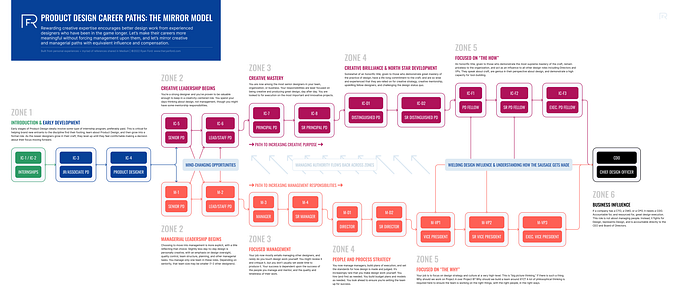Member-only story
A framework for measuring design maturity
If we want design to be at the core of the business, we need to know how to evaluate its maturity.

If you ask any modern CEO, they will say that design is important to their business. But, in reality, that is not always the case — or, at least, in the same dimension they say it is.
Let’s look at a few examples:
- A small size business might have only one or two designers covering all aspects of the design process in multiple streams of work.
- A mid-size business can have a handful of designers, but the work is only done reactively.
- A big company can have a bigger design team, but they might not have a seat at the table where the strategy is defined.
Although the work gets done, the maturity of the design team can feel stale: the budget doesn’t change much, hiring is slow, the design team doesn’t have a voice in the company’s strategy. That’s when we start questioning how important design really is to the business.
“Why do we need another designer? We are meeting all our deadlines!”
You have likely heard this before. If we want avoid hearing things like this, we first need to understand the current state of the design team's maturity. Only then we will be able to assess whether we need to hire more people and have a solid case to pitch it to the company.
How can we translate our perception of the company's design maturity to something more tangible, that the CEO or any other coworker can understand and act on?
Design maturity is hard to measure
The size of the design team or its budget might not be the best indicators of why the design maturity is not evolving — or at least shouldn't be the only indicators used, because it is possible to have a successful team of one or a successful team with a limited investment.
Measuring the user satisfaction is not enough either. Although it is a good product metric, it doesn’t provide the information needed to the design team itself to improve upon.







